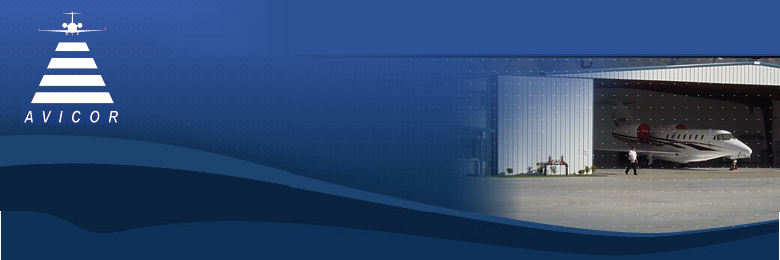

✈ May 24, 2017, Avicor Aviation Inc.
Last week we discussed the first of three major approaches that can be used in valuing an aviation business: the asset approach. As its name implies, the asset approach focuses on value in the assets of the business. But the asset approach is not the most suitable approach to valuing every business. This week, we will discuss the income approach, which as its name also implies, is focused on the income that the aviation business generates.
Within the income approach are a number of methods that can be used to value businesses, but they primarily fall into two general categories: capitalization and discounting. This week we will discuss capitalization.
In its most basic definition, using capitalization to determine a company's value involves dividing the expected economic benefit of the business by a capitalization rate....so what does that mean? Well first you have to determine what the economic benefit is.
To identify the economic benefit of a company, the earnings base needs to be selected. The earnings base can be the company's earnings or its cash flow. It can be pretax or after tax. It can be before taxes, interest, depreciation and amortization. Or the earnings base can be just before taxes and interest. It can also be based on historic earnings or cash flow, or earnings or cash flow that has been adjusted or normalized to remove or adjust income or expenses that are not typical or a regular part of the business.
The economic benefit stream also needs to be assessed with respect to how it represents the future of the company. In some situations, the benefit stream need to be weighted to adjust for unusual events or significant changes in the historic financial statements that would likely not be repeated in the future. Regression can also be used to analyze the benefit stream. How it is assessed is dependent on the circumstances and situation of the aviation company and various factors present.
Second, a capitalization rate must be selected by which the economic benefit will be divided. Selecting a capitalization rate is a process that involves considering a range of rates of return and stock premiums, and then adding up these rates of returns and premiums.
In developing the capitalization rate that is most suitable to the company, rates of return such as the rate for "risk-free" investments like government bonds are considered and stock premiums that are relevant to the size of the company are added in. These are typically based on generally accepted and published data. Specific risk related to the company may be considered. This could include factors such as the depth of management, the level or competition, or the diversity of the company's products or services. The total is then reduced by a sustainable rate of growth to determine the capitalization rate.
And then there is something called the "capitalization of excess earnings" approach to valuing a business. This is a methodology that the IRS requires be considered in any valuation related to a tax filing, and necessitates taking a close look at various interest rates and factors that affect the business. It is essentially the company's earnings above the return on the value of its net tangible assets and adds in the value of goodwill and other intangible assets to generate. It can also be an effective approach to determine a company's goodwill.
Next week we will take a look at discounting as it can be applied to valuing an aviation business.
Have more valuation tips emailed directly to your inbox each week! Just sign up below to receive an email each Wednesday with more tips about maximizing the value of your aviation business.
To contact us directly, either email us at bizappraisal@avicoraviation.com or call us at at 1-503-973-5711 or 1-800-563-2359.